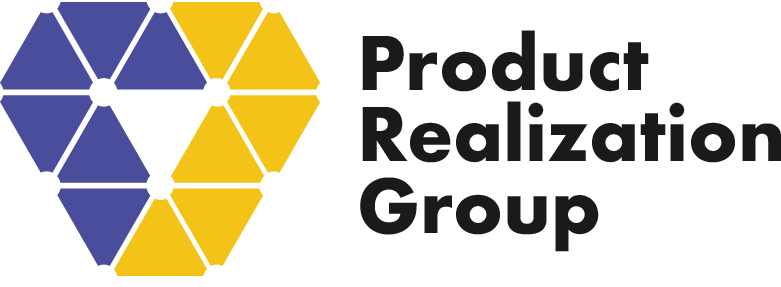

Interview with David Graham,
CEO of PowerBeam
Join us for a conversation between hardware expert David Graham, CEO of PowerBeam, a technology development firm, and Michael Keer, Founder and Managing Partner of Product Realization Group, about overcoming the inherent challenges facing hardware development and how incorporating Agile hardware methods into new product introduction can help.
David Graham founded PowerBeam in 2014. He has thirty-five years of experience as an engineer, including stints at both Microsoft and National Semiconductor. He is a Harvard University graduate with 6 patents and co-founded 2 startups.
Reflecting on your hardware-based product realization journeys from concept to scale, what challenges have you experienced?
There are three big challenges.
First, venture capital markets don’t work well for hardware companies, especially deep-tech hardware companies. The venture capital markets closed in 2001, 2008, 2022. Hardware companies take longer to hit proof points than software companies. So hardware companies are much more vulnerable to financial turbulence.
Second, until recently, the hardware development was Waterfall, and the software development was Scrum. Translation: Hardware development is slow and expensive. You only have a small window to get through.
Finally, when do you add marketing? When do you add sales? When do you add manufacturing? When do you add a real, disciplined process? Always too late. Because you can’t justify hiring an FTE when you just need ¼ of an excellent FTE, you postpone it. And then you miss something or take a wrong turn.
What impact did the above challenges have on your business?
Financial turbulence killed Poa Sana in 2001. That hurt.
We never solved the second challenge until last year: using Waterfall methods to build hardware. The solution happened bit by bit. First came rapid mechanical prototyping, including 3D printing. That helped. Then, we at PowerBeam learned to do rapid electronic design and prototyping. That made a big difference. Finally, we changed tools and processes. We use JIRA, everything is Scrum or Kanban, and we outsource everything we can to fast and high-quality providers. That appears to cost more, but nothing is as expensive as delay. You couldn’t do Agile Hardware before 2020. Now you can.
Specific to the dynamics between Agile vs. Waterfall methodologies in your process. If you have used Agile methodologies, what phases of development have you found Agile to be most advantageous in accelerating your development? Additionally, at what point in the process is it necessary to revert to the more traditional Waterfall approach?
The problem was “Agile in software/ Waterfall in ME and EE” through all phases. Now, we are Agile all the way to NPI. Manufacturing is still Waterfall, no matter what anyone says.
Given the prolonged lead times for electronic components and the increasing risks in supply chains, how does your organization stay responsive and adaptable to customer feedback and evolving product requirements?
We use the right processes and tools. Design has to Design for the Supply Chain – the Manufacturing Groups usually preach this, and the Engineering groups ignore it.
DFX in the Engineering group is the key process change. For example, electronic design must have a process step called BOM integrity, where you use tools like SiliconExpert to anticipate component obsolescence and some supply chain issues. If anyone knows good SAAS software for DFX from early engineering, I would love to hear about it.
Reflecting on your hardware-based product realization journeys, could you offer some pearls of wisdom or insights?
Don’t build empires. Stay focused and small. Decide what you are good at and outsource the rest. This implies you need to build your core competency and outsourcing. If you are good at advanced technology, outsource everything downstream of the R&D group, including Engineering, Manufacturing, etc. If you are good at product design, outsource the implementation and drive the process into what you do early.
—
Apply the ten best practices of Agile hardware realization to your new product introduction process. Read Agile Hardware Product Realization: Mastering the Journey from Concept to Scale, which is available at Amazon, or download a free chapter today.
PowerBeam is a technology development company highly experienced in Robotics, Software, Firmware, Electronic systems, PCB, and product design.


